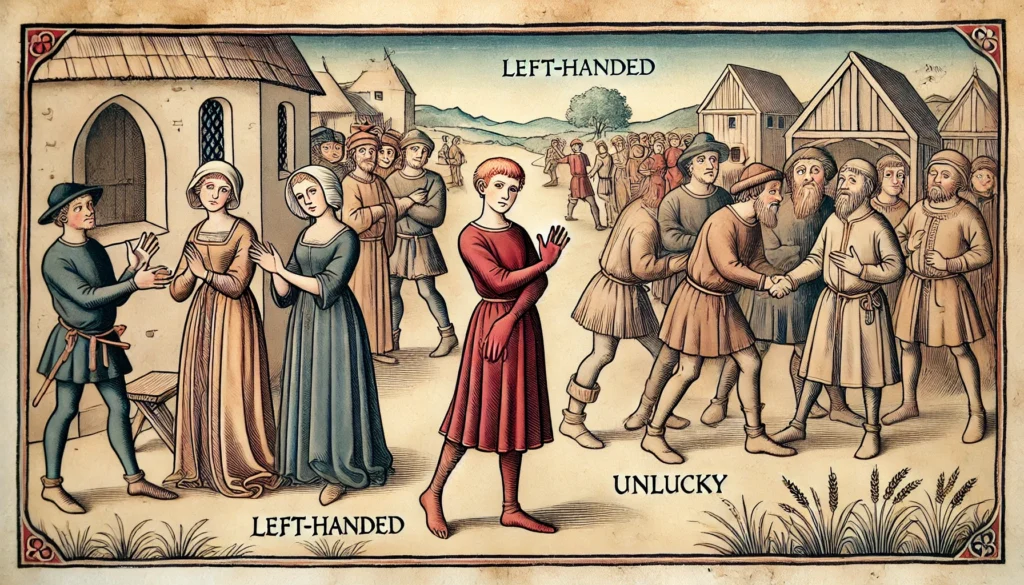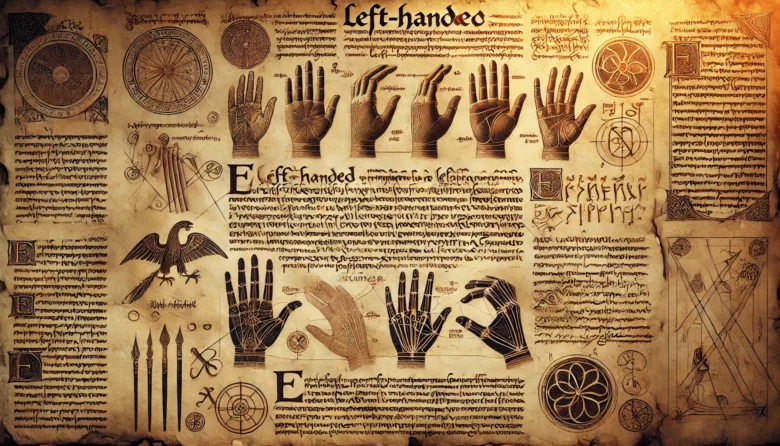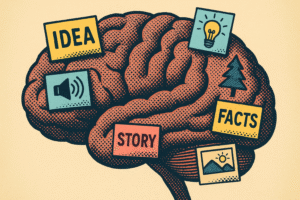Fun Fact: Did you know that only about 10% of the world’s population is left-handed?
For centuries, being left-handed was often seen as an anomaly, an oddity that set individuals apart in a predominantly right-handed world. From ancient superstitions to modern biases, the history of left-handedness is a fascinating journey through cultural perceptions, societal norms, and scientific curiosity.
A Journey Through Time: Left-Handedness in History
Ancient Beliefs and Superstitions
In many ancient cultures, left-handedness was associated with bad luck or even evil. The very word “left” is derived from the Old English word “lyft,” meaning weak or broken. Similarly, in Latin, “sinister”—which translates to left—became synonymous with malevolence.
In Ancient Mesopotamia and Egypt, the left hand was reserved for unclean tasks, symbolizing impurity. This belief carried over into religious rituals, where the right hand was often associated with blessings and the divine, while the left hand represented curses or taboo actions.
Medieval Europe: A Dark Chapter
The Middle Ages took these stigmas to new heights. Left-handed individuals were sometimes accused of witchcraft, with the left hand being dubbed “the Devil’s hand.” This led to suspicion and discrimination, often resulting in severe punishments for those identified as left-handed.
Eastern Philosophies and Practices
In contrast, some Eastern cultures had a more nuanced view of handedness. In Hinduism, the left hand is traditionally used for cleaning and considered impure, but this belief was rooted more in practicality than stigma. Chinese philosophy, with its emphasis on balance, viewed left-handedness within the context of yin (representing the passive or receptive) and yang (active or assertive), though societal practices still favoured right-handedness.

The Science Behind Left-Handedness
Why Are Some People Left-Handed?
Left-handedness is determined by a combination of genetics and environmental factors. Studies suggest that left-handed individuals often have a more developed right hemisphere of the brain, which governs creativity, spatial awareness, and intuition.
A famous example is Leonardo da Vinci, the quintessential Renaissance polymath, who was left-handed and excelled in art, science, and invention. Similarly, renowned physicist Albert Einstein also exhibited left-handed tendencies, sparking debates about the connection between left-handedness and brilliance.
Challenges in a Right-Handed World
Despite its potential advantages, left-handedness poses challenges. Most tools, writing instruments, and everyday objects are designed for right-handed use. From scissors to computer mice, left-handed people often have to adapt or find specialized alternatives, adding a layer of difficulty to mundane tasks.
The Modern Shift: Breaking the Stigma
20th Century: A Turning Point
The early 20th century saw a gradual shift in attitudes. While many schools still forced children to write with their right hand, psychological studies began to highlight the emotional toll this practice took. By the mid-20th century, left-handedness was no longer viewed as a defect but rather as a natural variation in human behaviour.
Famous Left-Handed Icons
Today, left-handedness is celebrated, with numerous left-handed icons leading the charge. Former U.S. Presidents like Barack Obama and Bill Clinton, sports legends like Rafael Nadal, and pop culture figures like Lady Gaga have all embraced their left-handedness. Their success has helped challenge stereotypes and inspire others to celebrate their uniqueness.
International Left-Handers Day
Established in 1992, International Left-Handers Day is celebrated on August 13th each year to raise awareness about the advantages and challenges faced by left-handers. It also encourages the development of products and technologies catering to their needs.
Cultural Curiosities: Unique Practices and Traditions
The Left Hand in Language
Language reveals the depth of cultural bias against left-handedness. In French, “gauche” means both “left” and “awkward,” while in Italian, “Mancino” implies deceitfulness. This linguistic association underscores how deeply ingrained these biases were.
Sports and Left-Handed Advantage
Interestingly, left-handedness offers a competitive edge in certain sports like tennis, boxing, and cricket. This advantage arises from the fact that most players are right-handed, making left-handed opponents less predictable.
Embracing Left-Handedness: The Way Forward
Today, societies are increasingly inclusive, offering left-handed individuals equal opportunities to thrive. From ergonomic tools to awareness campaigns, the world is gradually becoming more accommodating.
However, challenges remain. Advocacy for left-handed-friendly education systems, workplaces, and products continues to be essential. It’s also vital to dismantle lingering stereotypes and celebrate the diversity of human ability.
Conclusion
The history of left-handedness and its social stigma across cultures highlights how societal norms can shape perceptions of human differences. By understanding this history, we can better appreciate the resilience of left-handed individuals and the progress made toward inclusivity. So, whether you’re a lefty or a righty, let’s celebrate the uniqueness of every hand that shapes our world.
Author’s Note
As a right-handed writer exploring this topic, I’ve come to appreciate the resilience and creativity of left-handers throughout history. Their story is a testament to the power of embracing diversity and challenging norms.
G.C., Ecosociosphere contributor.
References and Further Reading
-
- How Lefties First Gained Acceptance
- Left-Handedness: What Is Right-Hand Bias?
- 19 Interesting Facts about Handedness – World’s Facts. https://www.worldsfacts.com/19-interesting-facts-about-handedness/





Comments
You made some first rate factors there. I seemed on the web for the difficulty and located most people will associate with together with your website.
Perfect just what I was searching for! .